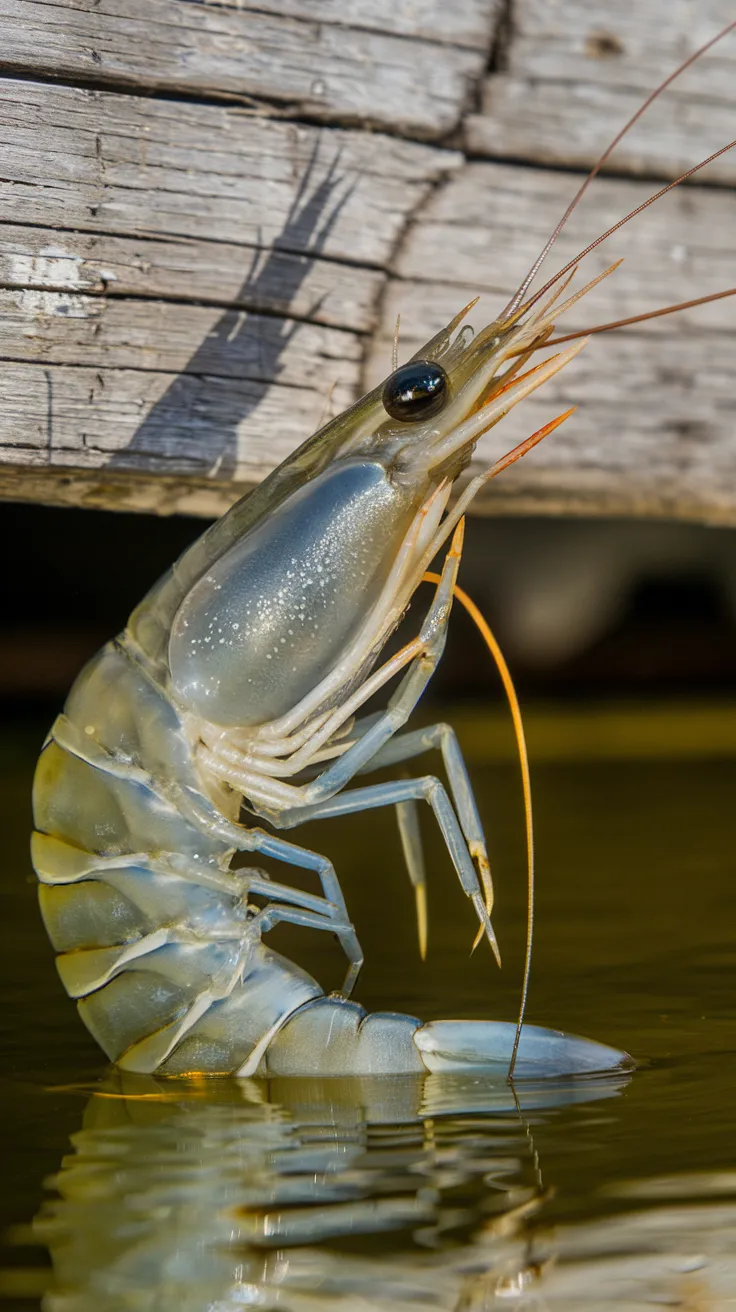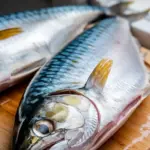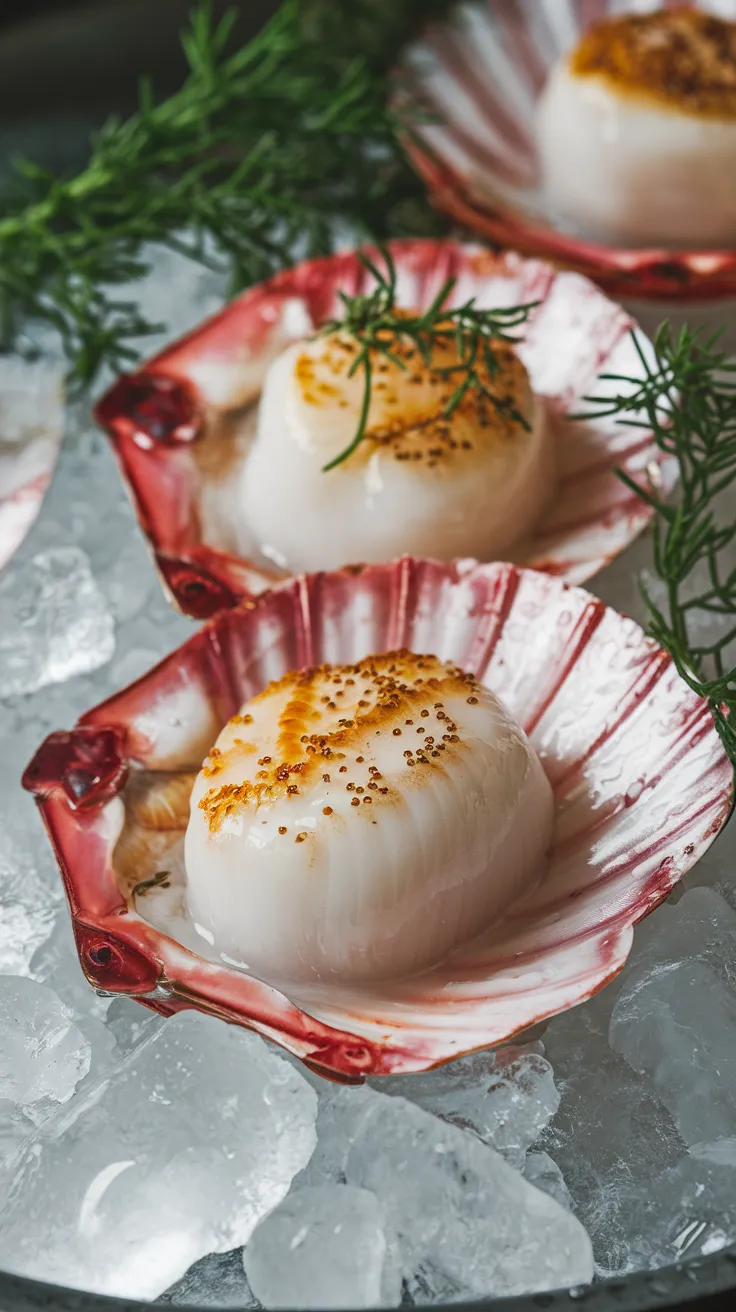Introduction to Langoustine
Langoustine, often called Norway lobster or Dublin Bay prawn, is a remarkable seafood delicacy. These crustaceans thrive in the cold waters of the North Atlantic and Mediterranean. They have a sweet, delicate flavor that elevates many dishes. Many chefs regard langoustine as a premium ingredient due to its exquisite taste and texture.
Typically, langoustines are harvested year-round, although their peak season varies by region. Fishermen utilize traps and nets to catch these seafood treasures efficiently. Once harvested, they can be prepared in various ways, such as steaming, grilling, or sautéing. Additionally, their versatile nature allows them to complement sauces, pastas, and rice dishes beautifully. Overall, the allure of langoustine lies in its tender meat and rich taste.
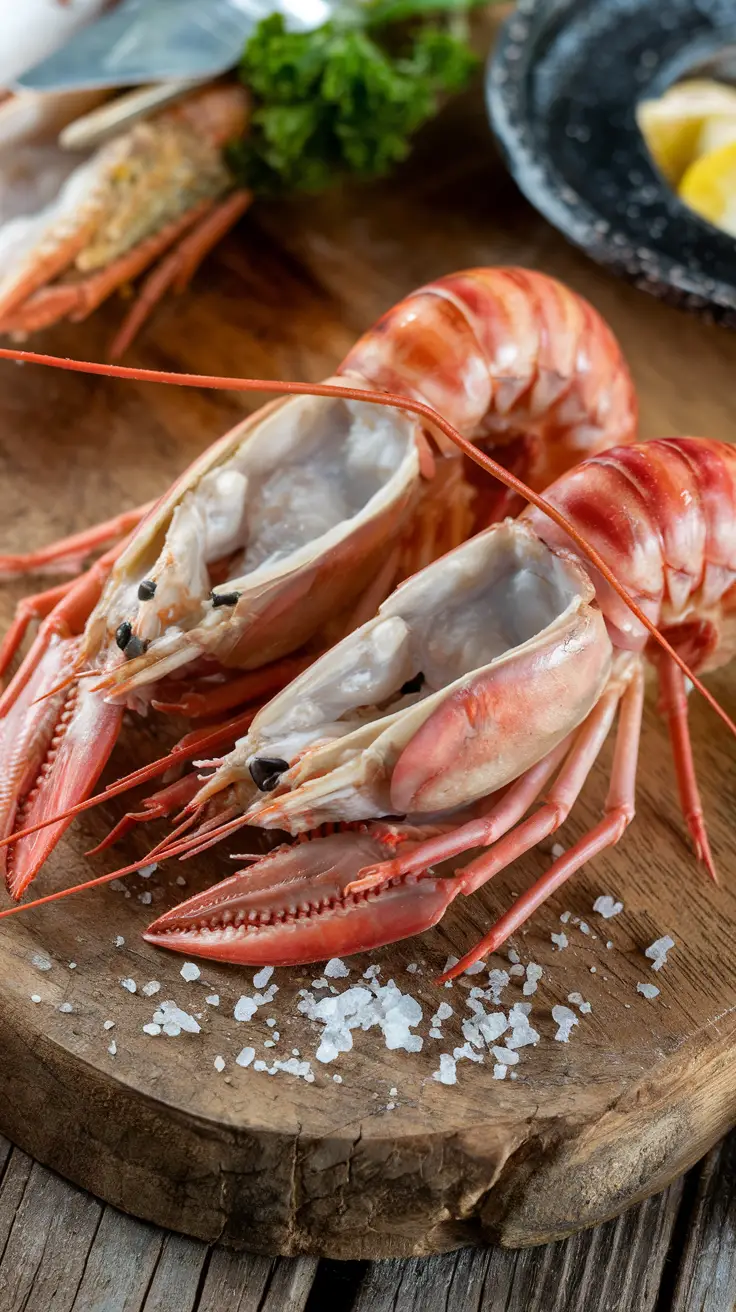
Nutritional Value and Health Benefits
Langoustine is a highly nutritious seafood that offers numerous health benefits. It is rich in protein, low in fat, and provides essential nutrients that promote overall health. Specifically, langoustine contains omega-3 fatty acids, which are vital for heart health. Regular consumption of omega-3s can lower blood pressure and reduce the risk of heart disease.
Additionally, it’s is an excellent source of vitamins and minerals. It contains vitamin B12, which supports brain health and red blood cell formation. Moreover, langoustine provides selenium, an important antioxidant that protects against cell damage and boosts immune function.
| Nutritional Component | Amount per 100g |
|---|---|
| Calories | 90 |
| Protein | 18g |
| Fat | 1g |
| Omega-3 fatty acids | 0.5g |
| Vitamin B12 | 8.9µg |
| Selenium | 38µg |
In conclusion, incorporating langoustine into your diet can enhance your nutritional intake and provide various health benefits. Its rich nutrient profile contributes positively to a balanced diet.
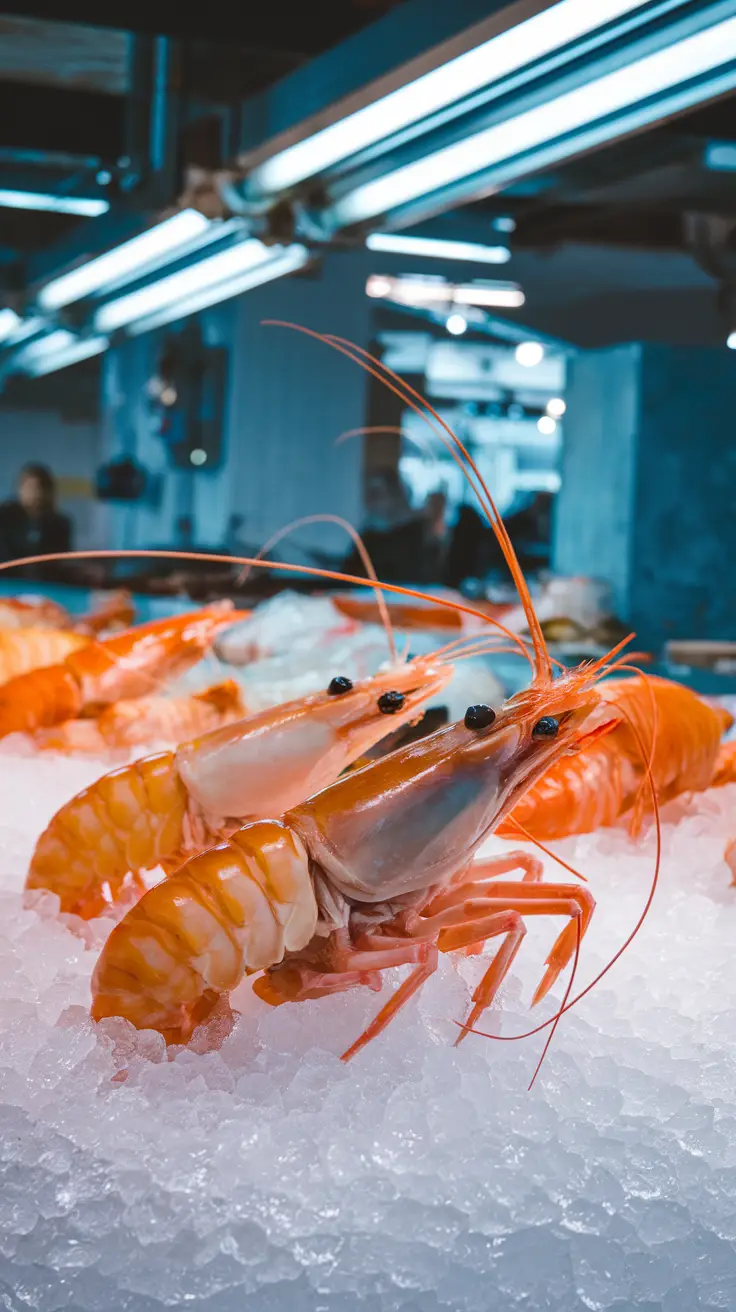
Taste Profile and Texture of Langoustine
Langoustine stands out for its unique taste and texture. This shellfish combines sweetness, richness, and a hint of brininess. Additionally, its aroma captures the essence of the sea. When cooked, its meat becomes tender and juicy, offering a delightful bite.
Generally, langoustine is often compared to lobster, but it has its distinct characteristics. The flavor is milder yet more delicate, making it an exquisite ingredient for various dishes. The texture of its meat is firm but not chewy, which enhances the overall dining experience.
Cooking Methods
Langoustine can be prepared in multiple ways, and each method influences its texture and taste.
- Grilling: Grilled langoustine develops a smoky flavor while retaining its natural sweetness.
- Boiling: Boiling offers a pure taste, emphasizing the seafood’s briny notes.
- Searing: When seared, the outer layer becomes crispy, adding texture contrast to the tender meat.
- Steaming: Steaming keeps the meat succulent and moist, perfect for preserving its delicate flavor.
Regardless of the method used, it’s essential to avoid overcooking. Overcooked langoustine turns rubbery and loses its delightful essence. Therefore, timing is crucial for achieving the best results.
In summary, the taste profile and texture of langoustine make it a prized choice for seafood lovers. Whether in fine dining or home-cooked meals, its versatility shines through.

Culinary Uses and Popular Dishes
Langoustine is a delicacy celebrated for its sweet, tender meat. It is often featured in various cuisines worldwide. Chefs appreciate using this seafood, enhancing dishes with its unique flavor. Traditionally, it is prepared in multiple ways, including grilling, boiling, and sautéing. Its versatility makes it suitable for a variety of recipes.
Common Preparation Methods
- Grilling: This method brings out the natural sweetness, offering a smoky taste.
- Boiling: Boiling is a simple technique that preserves the delicate texture.
- Sautéing: This quick method highlights the fresh flavors and allows the addition of herbs.
Additionally, langoustine pairs well with various ingredients. For instance, it complements creamy sauces and fresh herbs beautifully. In fine dining, you might find it served with risottos or pasta. Furthermore, it can be enjoyed in salads or as a main dish, often garnished artistically.
Ultimately, langoustine is a versatile seafood that appeals to many palates. Its culinary applications provide endless possibilities for creative cooking.
Sourcing and Sustainability of Langoustine
Sourcing Langoustine responsibly is essential for sustainability. Overfishing threatens various species, disrupting marine ecosystems. Therefore, ensure you choose suppliers who prioritize sustainable practices. They should demonstrate certifications from recognized organizations. Additionally, consider seasonal availability, as fishing during optimal periods helps maintain populations. Sustainable sourcing also involves ethical harvesting methods that minimize bycatch. Consumers play a vital role in sustainability by demanding transparency in sourcing. By supporting responsible suppliers, you contribute to preserving Langoustine populations for future generations. Stay informed about fishing regulations and support initiatives that promote sustainable seafood choices. Remember, sustainable practices today ensure Langoustine is available tomorrow.
How to Select and Store
Selecting the right Langoustine is essential for the best culinary experience. First, look for lively, fresh specimens. Their shells should be firm and free from any damage. The eyes should be clear, indicating freshness. Additionally, consider the color; a vibrant hue signals quality.
Storing Langoustine properly ensures longevity. If you purchase live shellfish, consume them within a day. For cooked Langoustine, refrigerate immediately. Use an airtight container to preserve freshness.
- Always keep Langoustine cold, ideally at 32°F to 38°F.
- If freezing, store in a moisture-proof bag to prevent freezer burn.
- To defrost, place in the refrigerator overnight for best results.
- Cooked Langoustine can last up to 3 days in the fridge.
By following these guidelines, you can savor Langoustine’s delicious flavor while ensuring your seafood remains safe and fresh.
Preparation Tips and Techniques
When handling langoustine, it’s essential to follow proper preparation techniques to enhance their natural flavor. Begin by selecting fresh langoustines, ensuring they are alive and energetic. Next, you should check for any odor; a fresh catch has a clean, marine scent.
Cleaning and Cooking Langoustine
Start by rinsing the langoustines under cold, running water. Pay special attention to any sand or debris in the shell. After cleaning, decide how you want to cook them. Below are some popular methods:
- Boiling: Boil in salted water. This method intensifies the sweetness of the meat.
- Grilling: For a smoky flavor, grill them with a drizzle of olive oil and herbs.
- Sautéing: Quick frying in butter adds rich taste and allows for additional seasoning.
Another important tip is to avoid overcooking. Typically, 3 to 5 minutes is sufficient for cooking langoustines. Remember, the meat should be opaque and firm. Finally, consider pairing langoustines with lemon or garlic butter to elevate your dish further.
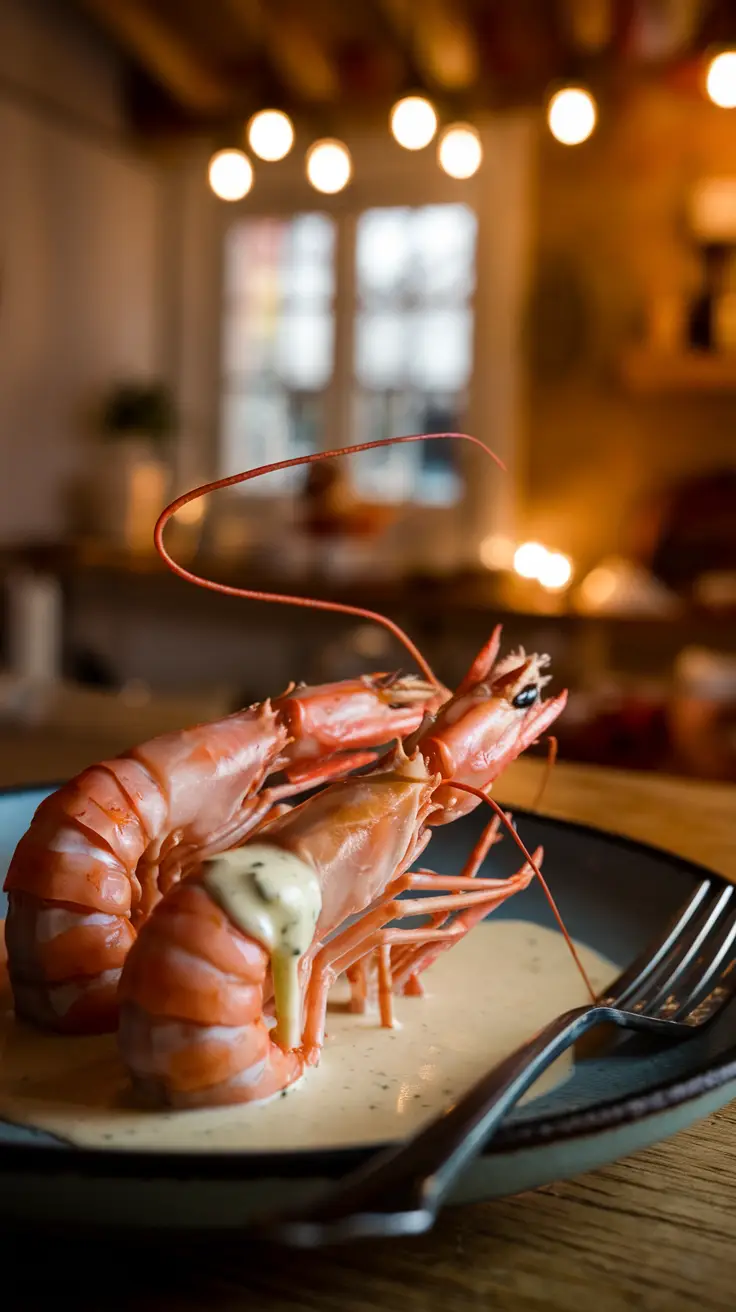
Recipe Inspiration
Langoustine offers a delightful flavor that elevates any dish. Consider trying simple recipes to highlight its sweetness. You can steam or grill them, enhancing their natural taste. For a more exciting option, create a langoustine pasta with garlic and white wine. The combination creates a rich, aromatic sauce that clings to each strand of pasta.
Furthermore, langoustine pairs wonderfully with citrus. A lemon butter sauce enhances their flavor remarkably. Try serving them as an appetizer, garnished with fresh herbs for added color. Experimentation is key; consider adding spices like paprika or saffron for a unique twist.
Don’t underestimate the potential of langoustine in soups. A broth made with a hint of chili can bring out a whole new dimension. In summary, langoustine provides endless inspiration for your culinary creations. Embrace their versatility and enjoy the delicious experience they provide!
Fun Facts and Trivia
Langoustine is a fascinating seafood choice with unique characteristics. They are often compared to lobster in flavor, yet they are distinct in texture and size. Here are some fun facts about Langoustine:
- Langoustines are known for their long, slender bodies.
- This seafood is commonly found in the North Atlantic Ocean.
- Chefs often describe their taste as sweet and delicate.
- They can be enjoyed grilled, boiled, or sautéed.
- Langoustines are also rich in protein and low in fat.
Enjoying Langoustine can certainly elevate any culinary experience!
Conclusion and Dining Experience
Dining with Langoustine offers a unique culinary adventure. These exquisite seafood delicacies provide a taste that is both sweet and delicate. When prepared correctly, Langoustine can elevate any dish. Many chefs recommend pairing it with light sauces that complement its flavor. Additionally, fresh herbs can enhance the overall dining experience. Whether grilled, poached, or sautéed, these shellfish are sure to impress. Moreover, the presentation can transform an ordinary meal into an extraordinary feast. Many food enthusiasts appreciate the versatility of Langoustine in various cuisines. To conclude, incorporating this seafood into your meals promises delightful flavors and memorable moments. Enjoying it with friends and family only adds to the experience.

